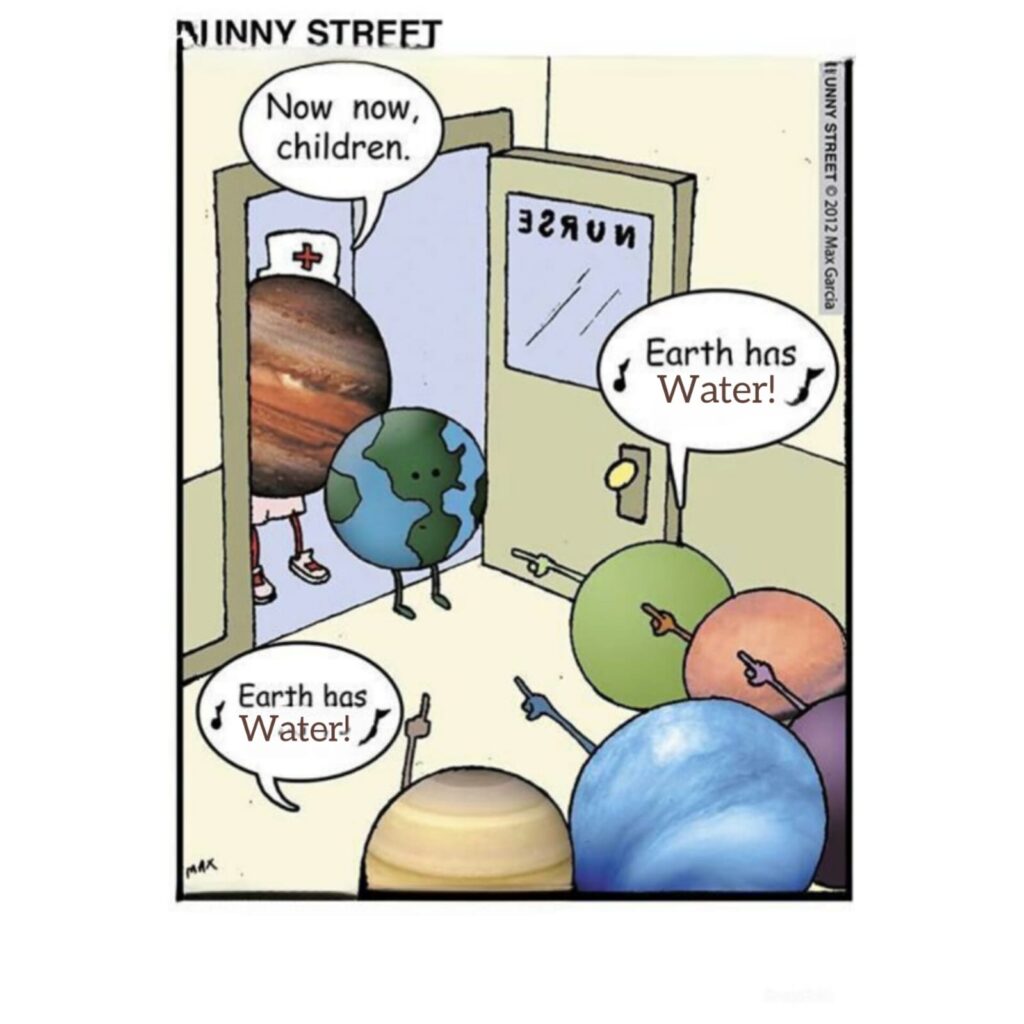GEOGRAPHY
Physical Geography :
Earth : The term “Earth” typically refers to the third planet from the Sun in our solar system, and it’s the only known celestial body to harbor life.
Size and Composition:
- Earth is the fifth-largest planet in the solar system by diameter and the densest among the terrestrial planets. It consists mainly of iron, oxygen, silicon, magnesium, sulfur, nickel, calcium, and aluminum, with a solid surface and a metallic core.

Atmosphere:
- Earth’s atmosphere is primarily composed of nitrogen (about 78%) and oxygen (about 21%) with trace amounts of other gases such as argon, carbon dioxide, and water vapor. The atmosphere plays a crucial role in sustaining life by regulating temperature and providing essential gases for respiration.

Hydrosphere:
- Earth is unique among the planets in our solar system in that it has vast amounts of liquid water on its surface, covering approximately 71% of the planet’s surface. This water exists primarily in the form of oceans, but also as lakes, rivers, and groundwater.

Geography:
- Earth’s surface features diverse landscapes, including mountains, plains, plateaus, deserts, and bodies of water. These features are shaped by geological processes such as plate tectonics, erosion, and volcanic activity.

Life:
- Earth is the only known planet to support life. It hosts a remarkable variety of organisms, from microscopic bacteria to complex multicellular organisms. Life on Earth is sustained by the presence of liquid water, the atmosphere, and the planet’s position within the habitable zone of the solar system.


Leave a Reply